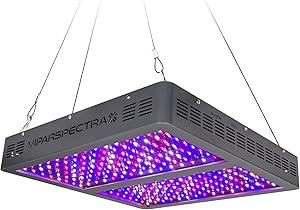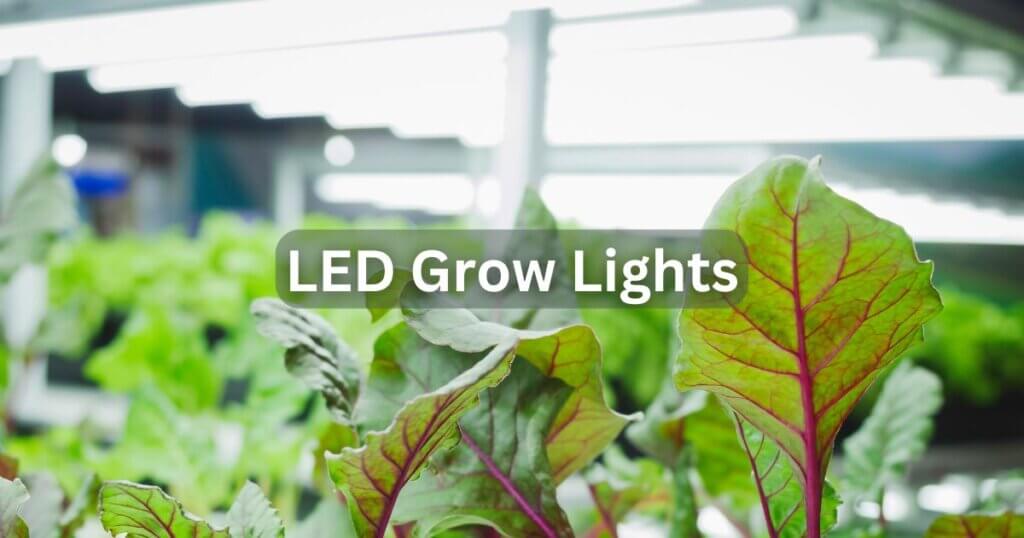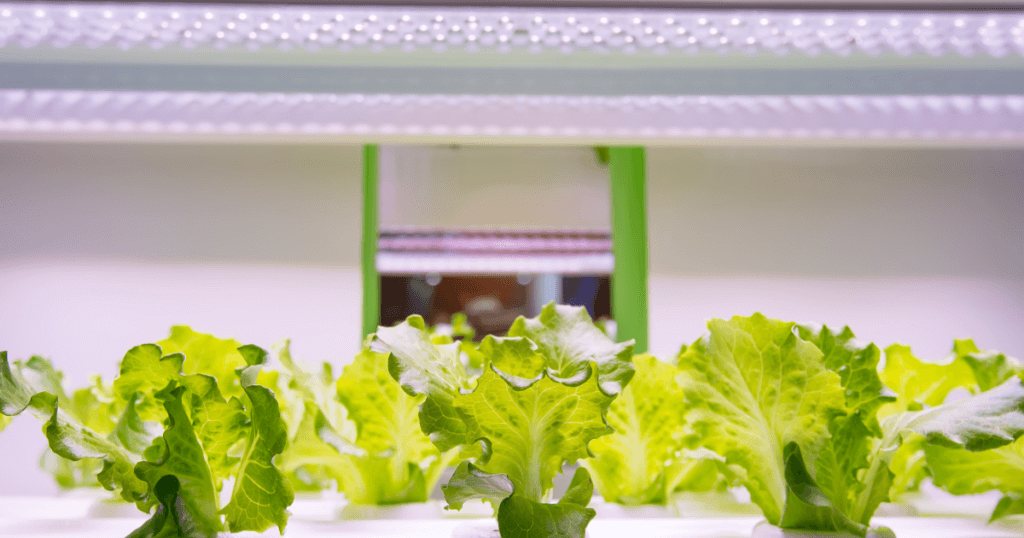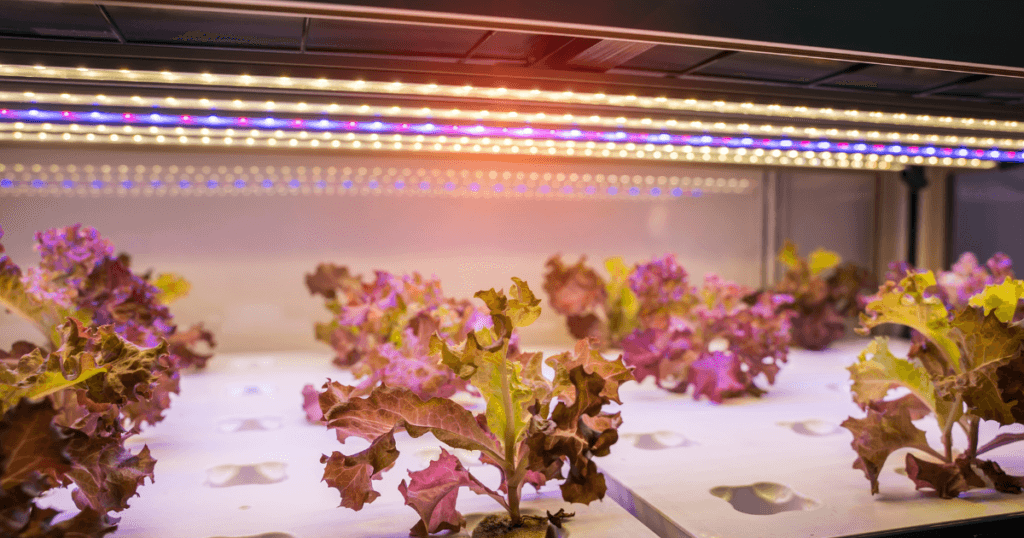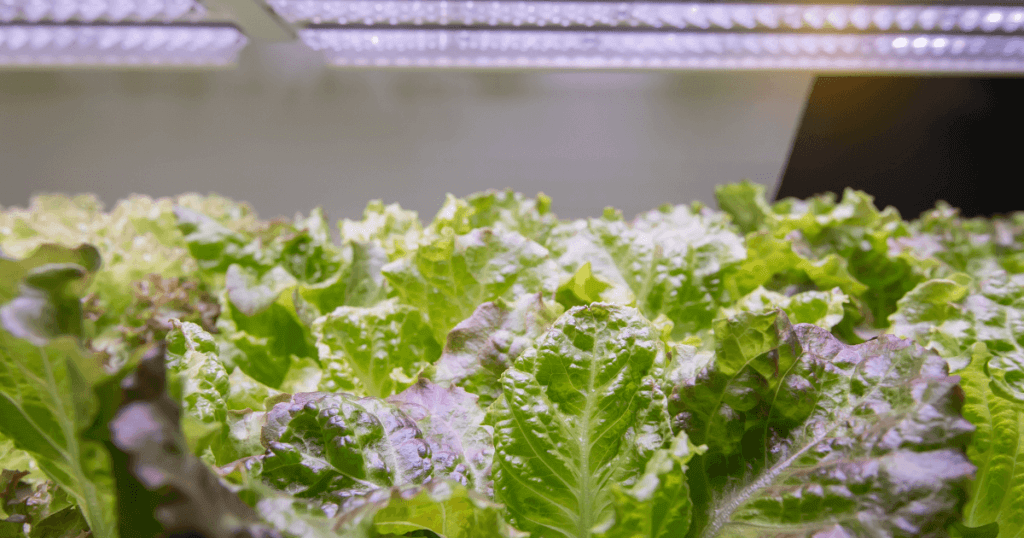Choosing the Best Grow Lights for Indoor Farming
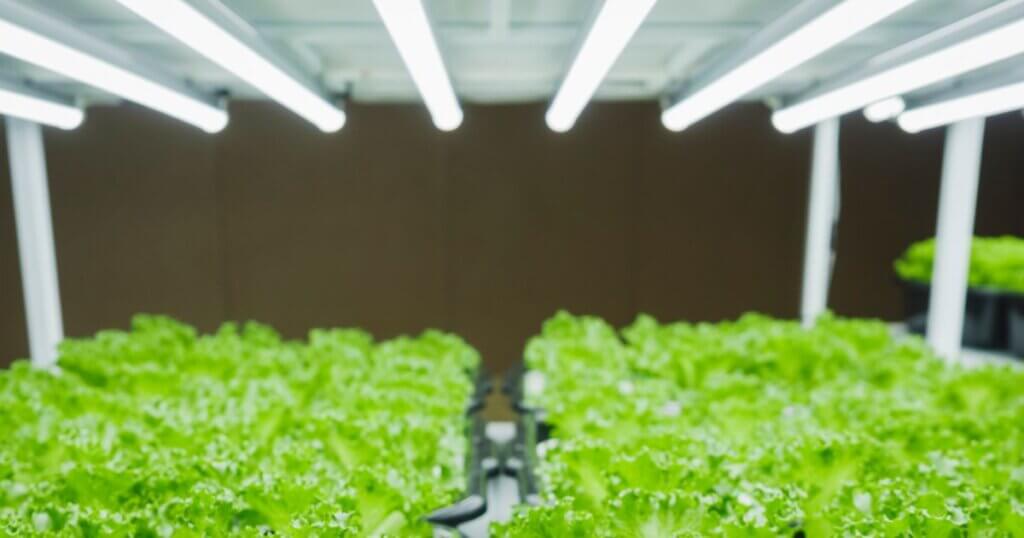
Indoor Farming Hub is an Amazon Associate and earns from qualifying purchases.
Indoor farming has gained significant popularity in recent years, allowing individuals to grow plants and crops in controlled environments. A crucial factor for successful indoor farming is choosing the right grow lights. The proper lighting setup can mimic the natural sunlight needed for plants to thrive. This comprehensive guide will delve into the factors to consider when selecting the best grow lights for indoor farming, ensuring optimal plant growth, and maximizing your harvest.
Table of Contents
Understanding the Importance of Grow Lights
Before we delve into the selection process, let’s take a moment to understand why grow lights are vital for indoor farming. When plants lack access to sufficient natural sunlight, they cannot undergo photosynthesis, a process crucial for their growth. Grow lights serve as an artificial light source, providing the necessary spectrum and intensity for plants to carry out photosynthesis effectively.
For those starting with indoor farming, the VIPARSPECTRA LED Grow Light offers full-spectrum lighting that’s perfect for all plant growth stages. It’s energy-efficient, has an upgraded design for better light penetration, and fits smaller spaces beautifully.
Factors to Consider When Choosing Grow Lights
When it comes to selecting the best grow lights for your indoor farming venture, several key factors should be taken into account. Let’s explore each of these factors in detail:
Light Intensity and Spectrum
One of the primary considerations when choosing grow lights is the intensity and spectrum they offer. Different plants have varying light requirements at different growth stages. Some plants, such as leafy greens, require lower light intensity while flowering plants demand higher levels. Ensure that the grow lights you choose provide the appropriate intensity and spectrum to meet your plants’ needs throughout their growth cycle.
Light Emitting Diodes (LED) vs. High-Intensity Discharge (HID)
Two popular grow lights used in indoor farming are Light Emitting Diodes (LED) and High-Intensity Discharge (HID) lights. Each has its advantages and considerations:
If you want a highly efficient LED grow light that covers a larger area, the MARS HYDRO TS1000 is a top pick. It provides sun-like full spectrum light, is dimmable, and runs cool — ideal for serious growers.
LED Grow Lights
LED grow lights are increasingly favored for their energy efficiency, durability, and versatility. They offer a wide range of spectrum options and can be tailored to suit specific plant requirements. Additionally, LED lights emit less heat, reducing the risk of plant damage. While they may have a higher initial cost, their long lifespan and energy efficiency make them a cost-effective choice in the long run.
HID Grow Lights
HID grow lights, including Metal Halide (MH) and High-Pressure Sodium (HPS) lights, have been a traditional choice for indoor farming. They emit high-intensity light and are suitable for large-scale operations. However, HID lights consume more energy and generate significant heat, requiring adequate ventilation and cooling systems. They also have a shorter lifespan and may require more frequent replacement.
For growers looking to use the classic HID setup, the VIVOSUN 600W HID Grow Light Kit includes everything you need — an air-cooled reflector, a digital ballast, and both MH and HPS bulbs for different growth stages.
Coverage Area and Hanging Height
Consider the size of your indoor farming space and the number of plants you intend to grow. Ensure that the chosen grow lights can adequately cover the entire cultivation area. The hanging height of the lights is also crucial, as it determines the light intensity reaching the plants. Be mindful of the light’s distance from the canopy to prevent light burn or insufficient lighting.
Energy Efficiency and Cost
Energy efficiency is crucial in indoor farming, impacting operational costs and environmental sustainability. Look for energy-efficient grow lights with a high photosynthetic photon efficacy (PPE) rating. Although more energy-efficient grow lights may have a higher upfront cost, they can lead to substantial long-term savings in electricity bills.
Durability and Lifespan
Investing in durable grow lights with a long lifespan ensures you won’t have to replace them, saving time and money frequently. LED lights, in particular, have a longer lifespan than HID lights, making them a popular choice for indoor farmers. Additionally, opt for lights with warranties, providing you with added peace of mind.
Cooling and Heat Management
Proper heat management is crucial when using grow lights, as excessive heat can damage plants. Look for lights with built-in cooling systems, or consider investing in additional ventilation and cooling equipment. Adequate air circulation and temperature control will help maintain an optimal growing environment for your plants.
Managing heat is key for healthy plants. The AC Infinity CLOUDLINE T4 is a quiet yet powerful inline duct fan that controls grow room temperature, humidity, and airflow with smart programming and precise control.
User-Friendly Features
Consider growing lights with user-friendly features such as adjustable light intensity, timers, and remote control options. These features allow you to tailor the lighting conditions to your plants’ specific requirements and simplify the overall management of your indoor farming setup.
Simplify your indoor farm setup with the BN-LINK Digital Timer. Easily schedule your grow lights to turn on and off automatically, ensuring your plants get consistent light without you needing to remember.
Making an Informed Decision
Choosing the best grow lights for indoor farming involves considering various factors to ensure optimal plant growth and yield. Assess your needs and prioritize light intensity, spectrum, energy efficiency, and durability. LED grow lights are generally preferred due to their versatility and long lifespan, although HID lights may be suitable for larger-scale operations. By making an informed decision and selecting the right grow lights, you can create an ideal environment for your indoor plants to flourish.
Conclusion
In summary, selecting the best grow lights for indoor farming is crucial in ensuring successful plant growth and maximizing your harvest. Consider factors such as light intensity and spectrum, LED vs. HID lights, coverage area, energy efficiency, durability, cooling, and user-friendly features. By carefully assessing these factors and making an informed decision, you can create an optimal environment for your indoor plants to thrive and flourish.
If you’re starting fresh or want an all-in-one solution, the MARS HYDRO Grow Tent Kit comes with a tent, grow light, ventilation system, and accessories — everything you need for a thriving indoor farm in one box.
FAQs – Choosing the best grow lights
1. Can I use regular household LED bulbs as grow lights?
While regular LED bulbs emit light, they do not provide the full spectrum or intensity required for healthy plant growth. Grow lights are specifically designed to offer the right wavelengths needed for photosynthesis.
2. How many hours a day should I run my grow lights?
The optimal duration depends on the type of plant and its growth stage. Most plants need 12-16 hours of light per day, with some flowering plants requiring up to 18 hours.
3. Do grow lights increase my electricity bill significantly?
It depends on the type of grow light you use. LED grow lights are more energy-efficient and have lower electricity costs compared to HID lights, which consume more power.
4. Can grow lights replace natural sunlight completely?
Yes, if chosen correctly. High-quality grow lights can provide the necessary spectrum and intensity required for plant growth, making them a viable alternative to natural sunlight.
5. Do different plants require different grow lights?
Yes, different plants have varying light requirements. Leafy greens thrive under lower light intensities while fruiting and flowering plants need higher-intensity lighting with specific spectrum adjustments.
Other Useful Resources Related To Choosing The Best Grow Lights
- The Spruce: 10 Grow Lights We Tested and Love For Keeping Indoor Plants Happy All Winter
This article reviews various grow lights, offering insights into their features and effectiveness for indoor plant growth. - Good Housekeeping: 9 Best Grow Lights for Indoor Plants in 2024, Reviewed by Experts
An expert-reviewed list of top grow lights, including light intensity and spectrum considerations. - Better Homes & Gardens: The 11 Best Grow Lights to Help Your Plants Thrive, Based on Testing
This guide provides tested recommendations for grow lights, highlighting their suitability for various plant types. - Pure Greens Container Farms: Best Hydroponic Grow Lights
A resource focused on selecting grow lights for hydroponic systems, emphasizing factors like size and light requirements. - Avisomo: Why are LED Grow Lights Best for Vertical Farming?
An article discusses the advantages of LED grow lights in vertical farming setups, including energy efficiency and light spectrum.
Other Interesting Grow Lights for Indoor Farming Videos

